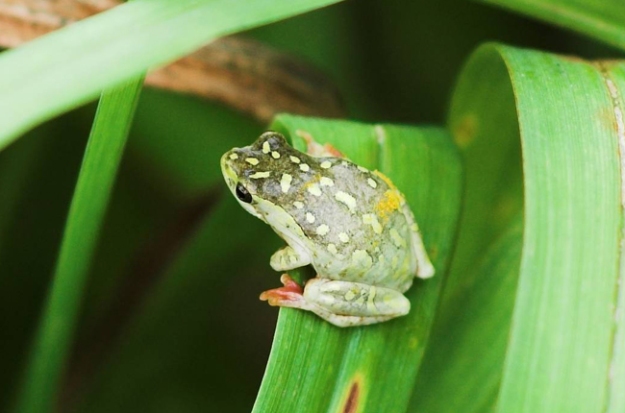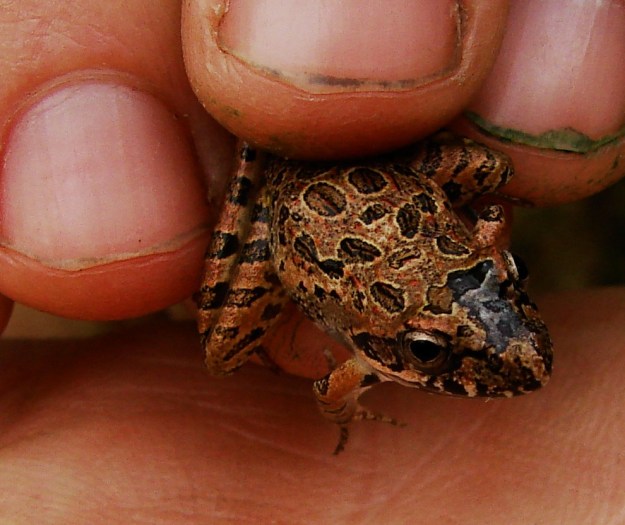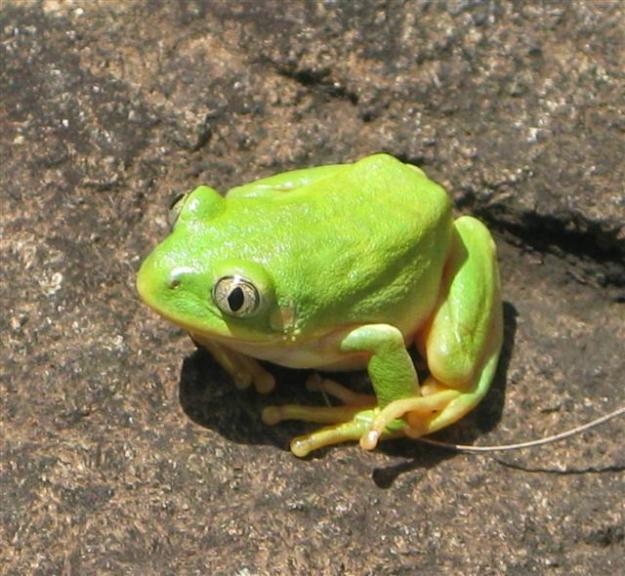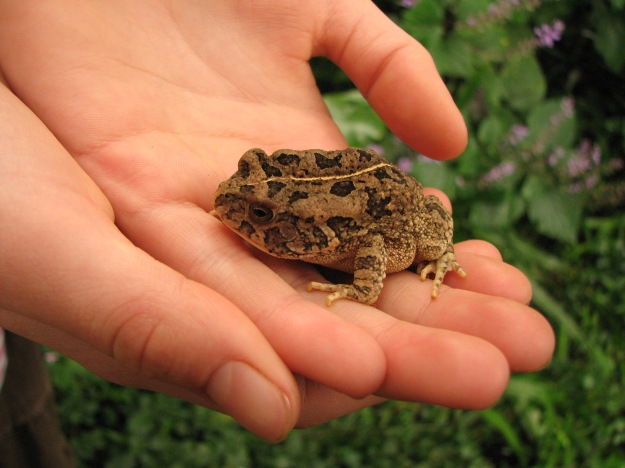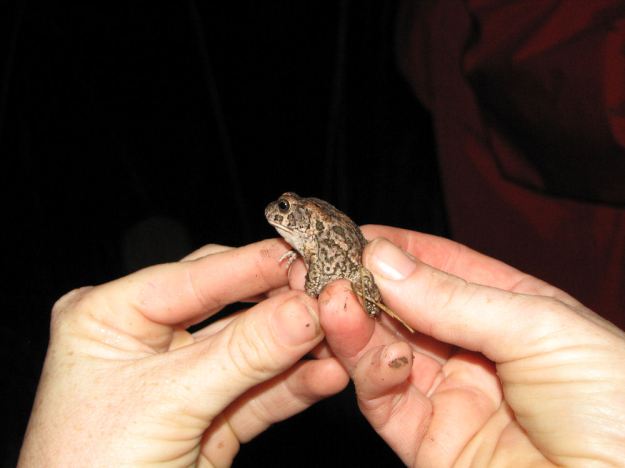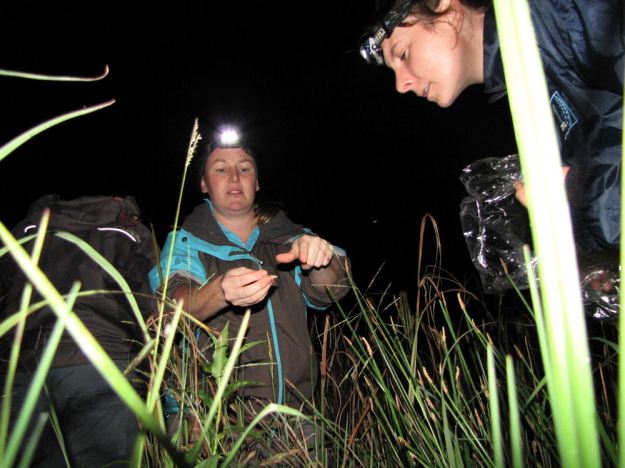-by Nick Evans –
We are all aware that snake season is well underway, especially now that Summer’s here and the temperatures are constantly rising. The snakes have started to come together to mate and to hunt, after their low activity period in Winter. This causes a widespread panic and fear, especially for the well-being of family and pets. This will have been exacerbated by the much publicised snakebite, on a young girl from a Night Adder, in Pietermaritzburg recently. There is, however, no need to panic and there is no need to live in fear of snakes either.
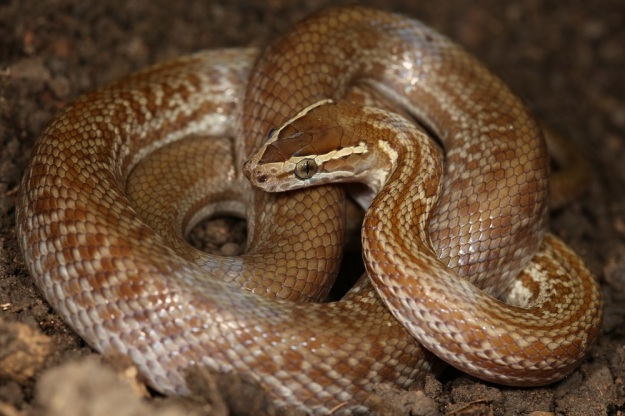
Brown House Snake – One of the friendliest snakes to have around. Docile, non-venomous and they love eating rats! They’re brown with cream-coloured markings going down the body.
Snakes are amongst one of the most feared and misunderstood animals on earth, which stems from myths, legends, superstitions and over-exaggerated tales about these unique creatures. T.V. also has a negative impact by portraying them in a false way (i.e the Anaconda movies!). The lack of understanding and education about these animals often leads to them being killed, so it’s time we change our perceptions of these ecologically important animals.

Boomslang (male)- Thicker than the harmless green snakes, with a much larger head and eyes, these snakes are actually South Africa’s most toxic snake species. Fortunately, they are very shy and are reluctant to bite unless harassed. Interestingly, and quite uniquely amongst South African Snakes, they are sexually dimorphic. Males are green with black patterns, while females are a drab brown colour.
Contrary to popular belief, snakes do not attack people. They do not want to bite us. They are more scared of us than we are of them and that is the truth of the matter. Whenever they see us or sense our presence approaching, they either flee or remain undetected. They are very secretive and shy animals that prefer to be left alone, and that is exactly what you should do if you see a snake.

Boomslang (female)
People are often bitten while trying to capture or kill a snake, so don’t ever try. If you see a snake while out walking, in one of the many beautiful nature reserves or conservancies in the Midlands, simply keep calm and stay still. Snakes get nervous when they see a lot of fast movement. If it’s crossing the path, keep a safe distance, appreciate the sighting, and consider yourself lucky that you have seen such a secretive animal. It will move off quite quickly. If it appears to not be moving and just basking (typical Puff Adder behaviour), either walk around it, giving a wide birth, or walk the other way. That’s all you need to do to avoid being bitten. You may shout it if you want, but you would just be wasting your breath. Snakes are completely deaf and have no ears. *NEVER pick up a snake, alive or dead. Even if you think you know what it is.

Puff Adder – Quite common in the Midlands and highly venomous. They are a thick-bodied snake, with chevron markings and a large head, that are responsible for a few snakebites every year. This is because they prefer to keep still and rely on their camouflage to conceal them. They will not definitely bite if stood on.
If it’s in your house, or somewhere on your property where you really don’t want it, you will have to call your local snake catcher. Otherwise, give it a chance to escape, like leaving a door/window open that leads outside. You can try the police too if you can’t get hold of a snake catcher, but make sure they do not kill it (some policemen unfortunately do). Snakes should not be killed, for your own safety, and for the well-being of the environment. They’re actually doing us a favour.

The Green Snakes – These would consist of the Spotted Bush Snake, Western Natal Green Snake and Green Water Snakes. All are completely harmless, long, thin and green, which often leads them to being identified as Boomslangs or Green Mambas. Green Mambas do not occur in the Midlands. The Bush Snakes have quite prominent spots going down the body.
Snakes play a vital role in the ecosystem in two ways, as predators and as prey. Snakes are like a free pest control service, especially with regards to rats. We don’t really want rats around, as they can cause havoc in homes. Snakes are one of the many creatures that do a fantastic job at keeping rodent populations in check, so no need for rat traps or poisons, just let the local House Snake hunt in your garden. Venomous snakes like the Black Mamba, Puff Adder, Rinkhals and Mozambique Spitting Cobra, do the job just as well as House Snakes, if not better. Snakes also keep gecko populations in check, as well as all other lizards. Birds, bats, slugs, centipedes, and frogs are all on the menu.

Mozambique Spitting Cobra
They’re not just predators, but prey too. Birds, like raptors and herons, mongooses, genets and monitor lizards all love eating snakes, and so do some other species of snake. Yes, snakes will eat each other! They clearly are a key link in the food chain and are here for a good reason, just like all native wildlife.

Night Adder – A venomous species which is often mistaken for a Puff Adder, but is a lot smaller and a lot less toxic. They are more slender snakes than Puff Adders, brown in colour and have dark, pentagon-shaped patches going down the body.
So, how does one keep snakes away from one’s property? In truth, there is no set way or definite method in keeping them away. The best thing you can do is to keep your property neat and tidy. Get rid of piles of wood, bricks, and logs which provide shelter to snakes and their food. Jeyes fluid does not work, nor do any other repellants. Planting Geraniums all around your property will not keep them away either. If there’s “food” around, you’ll get snakes. If you are lucky enough to live on a farm/conservancy/reserve, you will definitely see a snake around the property at some point in time. It’s something you have to deal with while living in Africa. We are privileged with an abundance of wildlife.

Black Mamba – The most feared and notorious snake, but arguably the most shy and retreating. Occurs in some areas around Pietermaritzburg, and in Ashburton, but not a common species in the Midlands. Africa’s largest venomous snake, that averages in length of 2-2m. Highly venomous, and highly misunderstood. They have a bad, over-exaggerated reputation that is largely false.
So please, give the snakes a break. Next time you want to reach for a spade or stick to kill it, reach for a camera or cellphone instead. Keep a safe distance, and take a pic or too of your lucky sighting. Share your sighting with friends over email or social media! Tag the Midlands Conservancies Forum and the KwaZulu-Natal Amphibian and Reptile Conservation pages too.
Respect snakes, don’t fear or hate them. Understand that they’re fulfilling a role in nature, and they are needed.
Nick Evans runs a programme called KwaZulu-Natal Amphibian and Reptile Conservation, a chapter of The Lawrence Anthony Earth Organization. The aim of the programme is to promote awareness of these ecologically important animals, and to educate the public.
For snake awareness and identification talks, or frogging evenings, please email Nick at nickevanskzn@gmail.com
With assistance for snake removals, you can contact Nick on 072 8095 806, who will put you in touch with the closest snake catcher. (Nick is based in Durban).









































